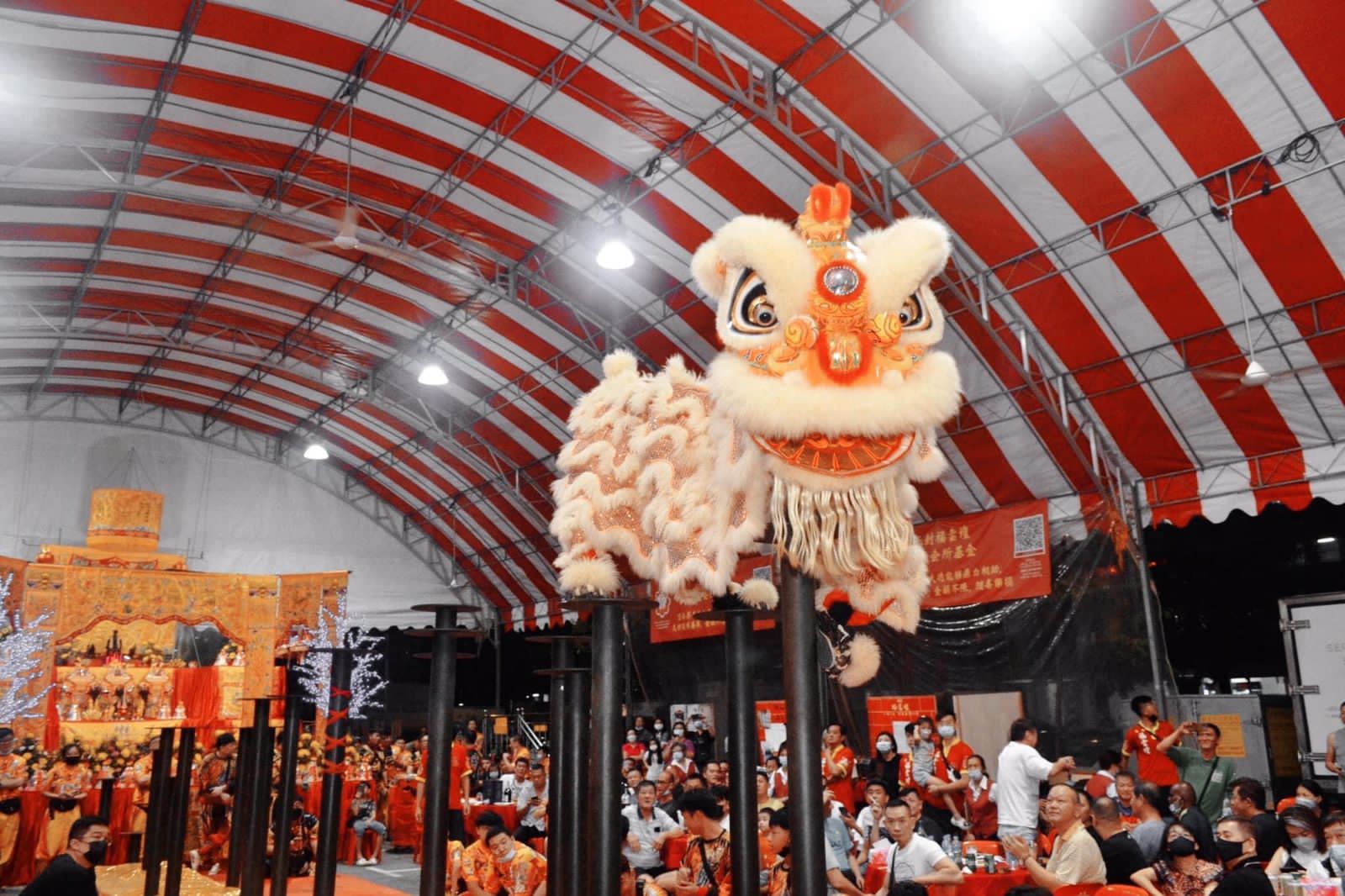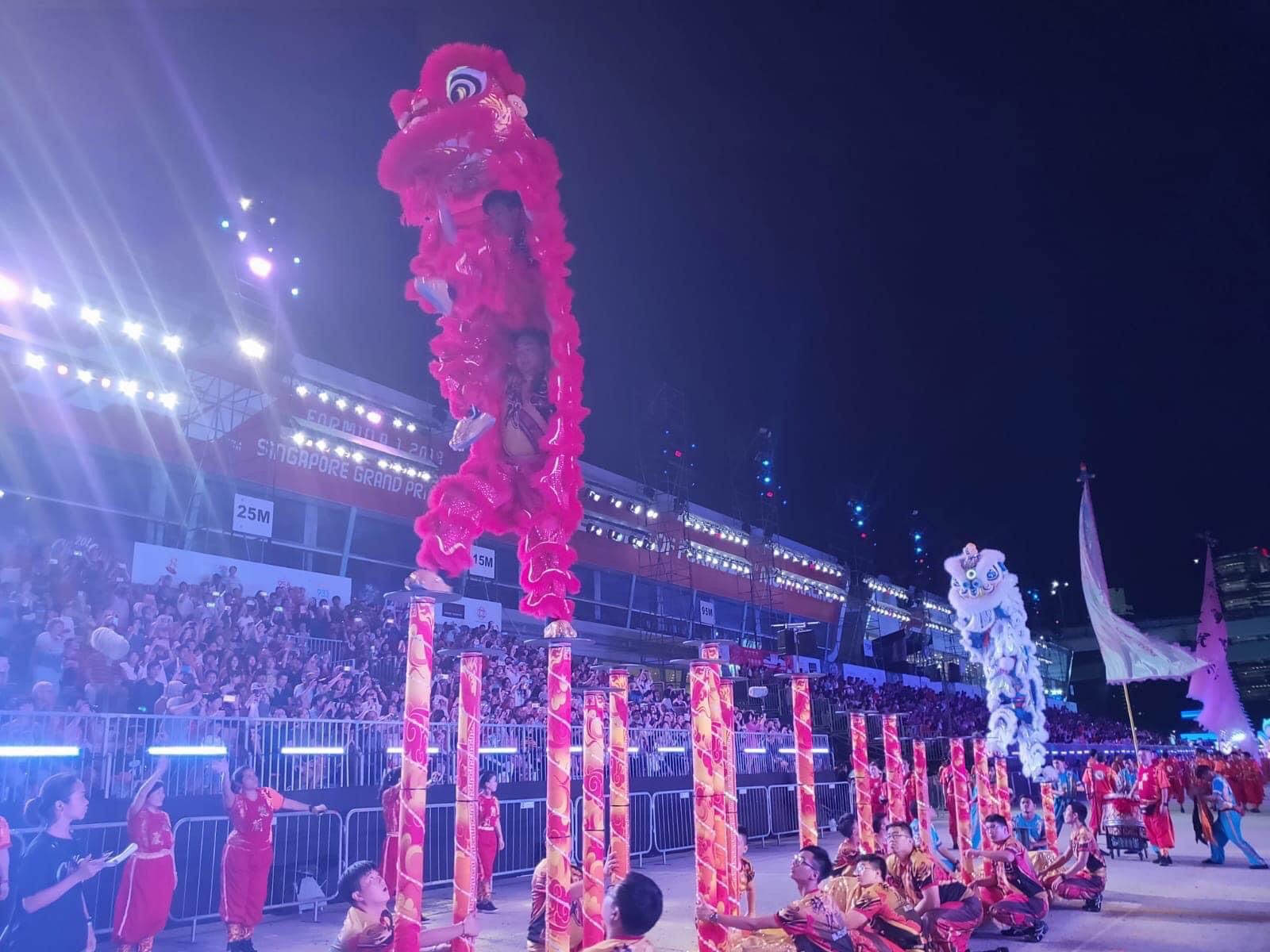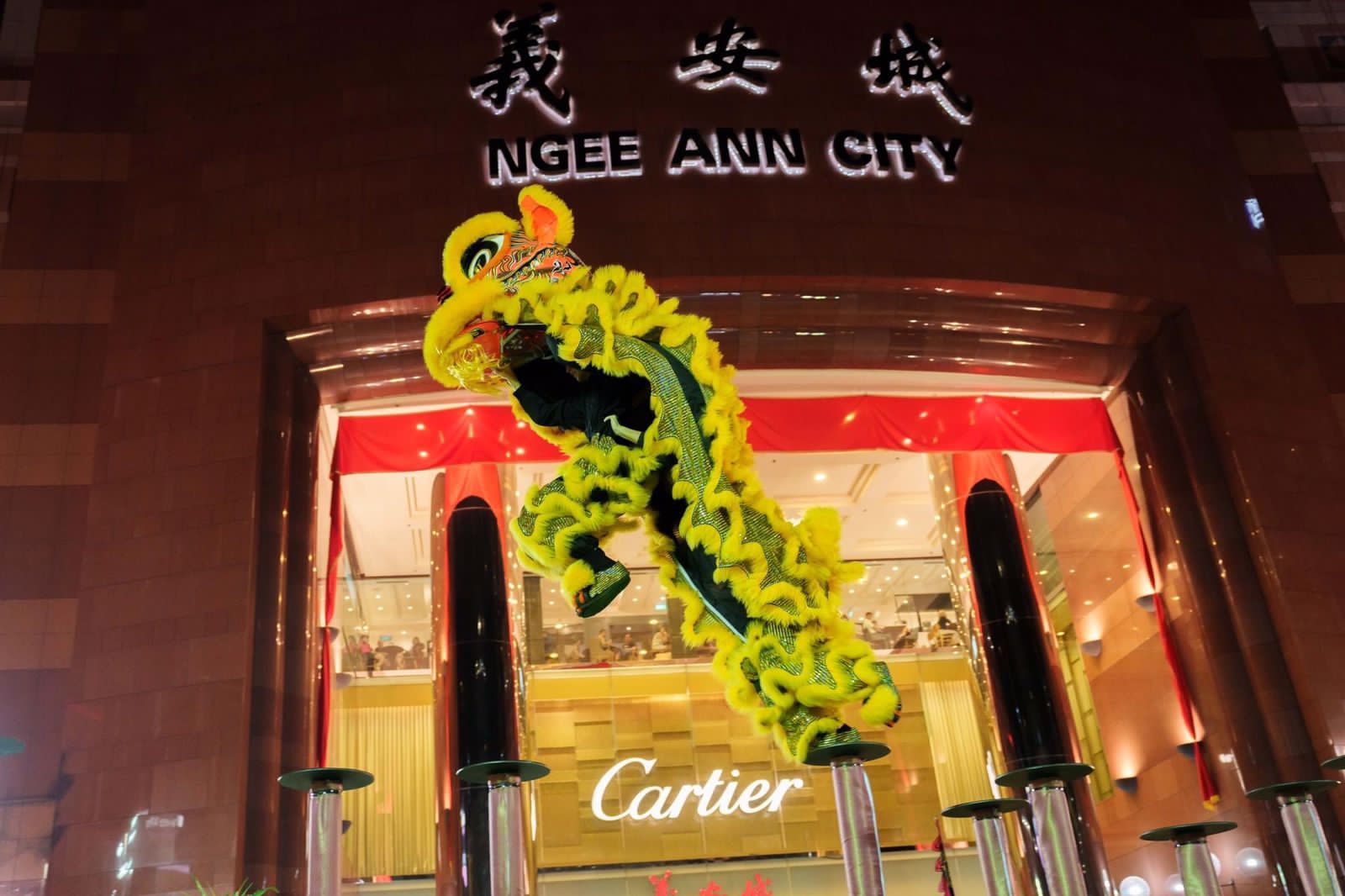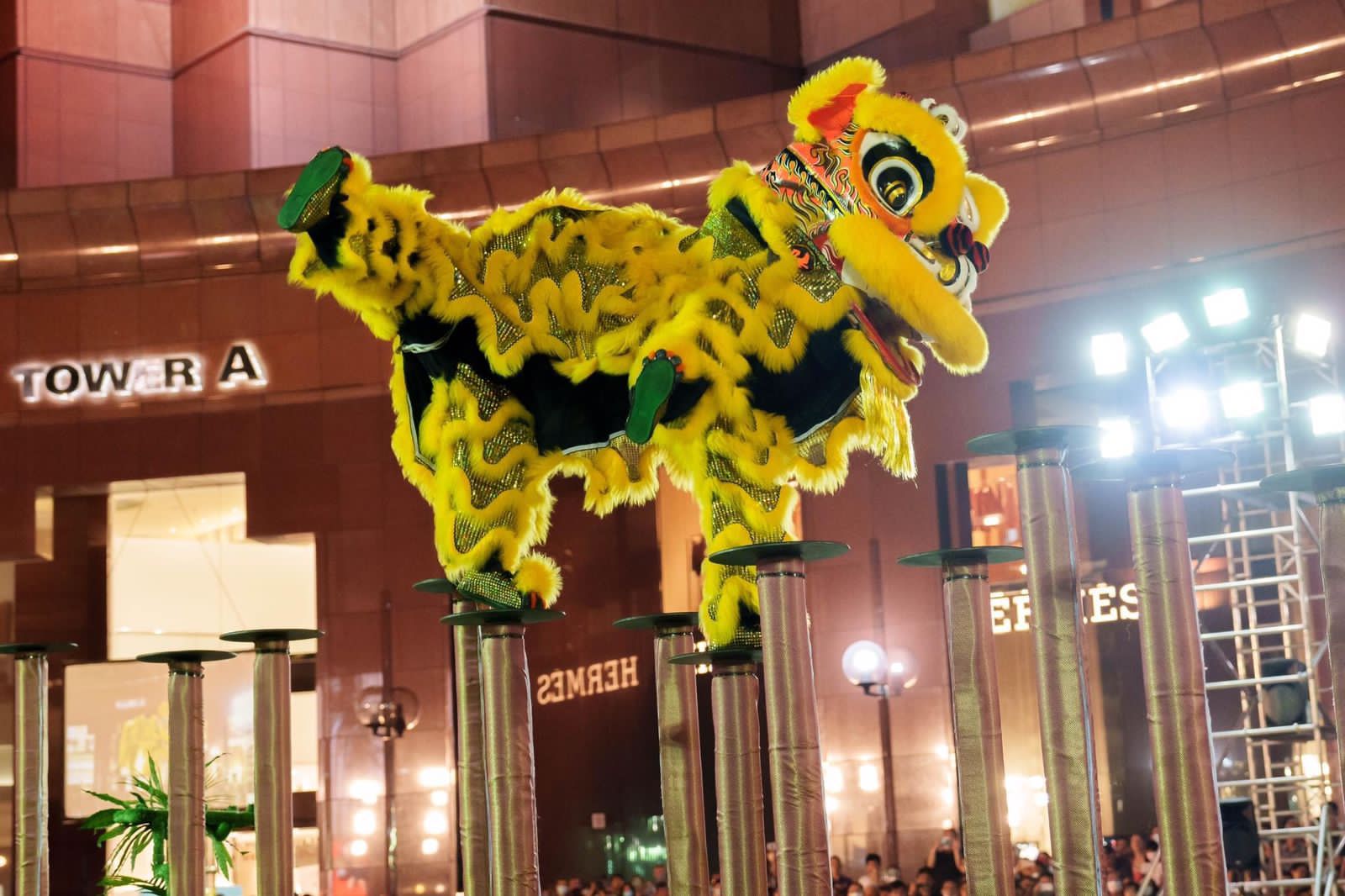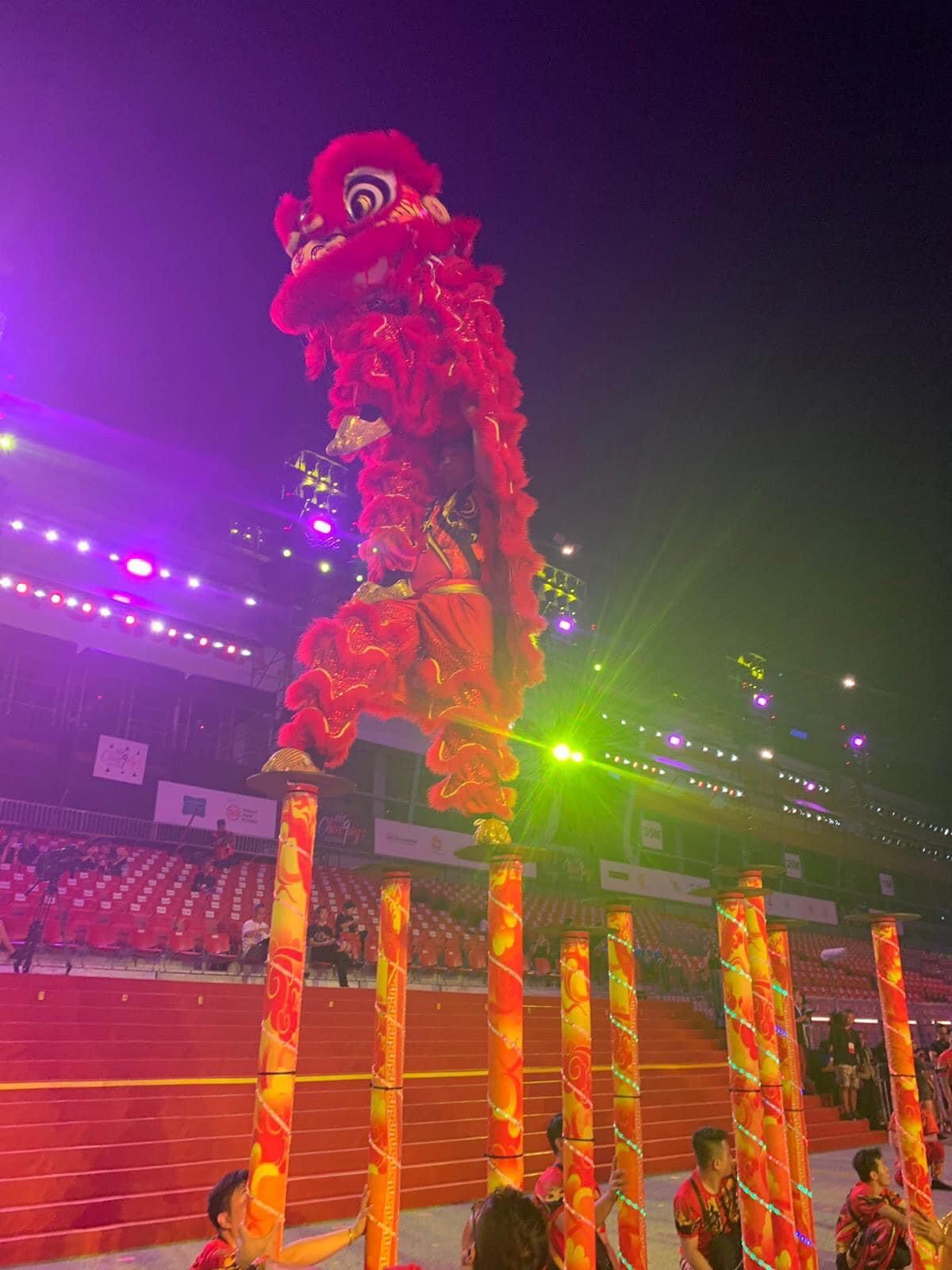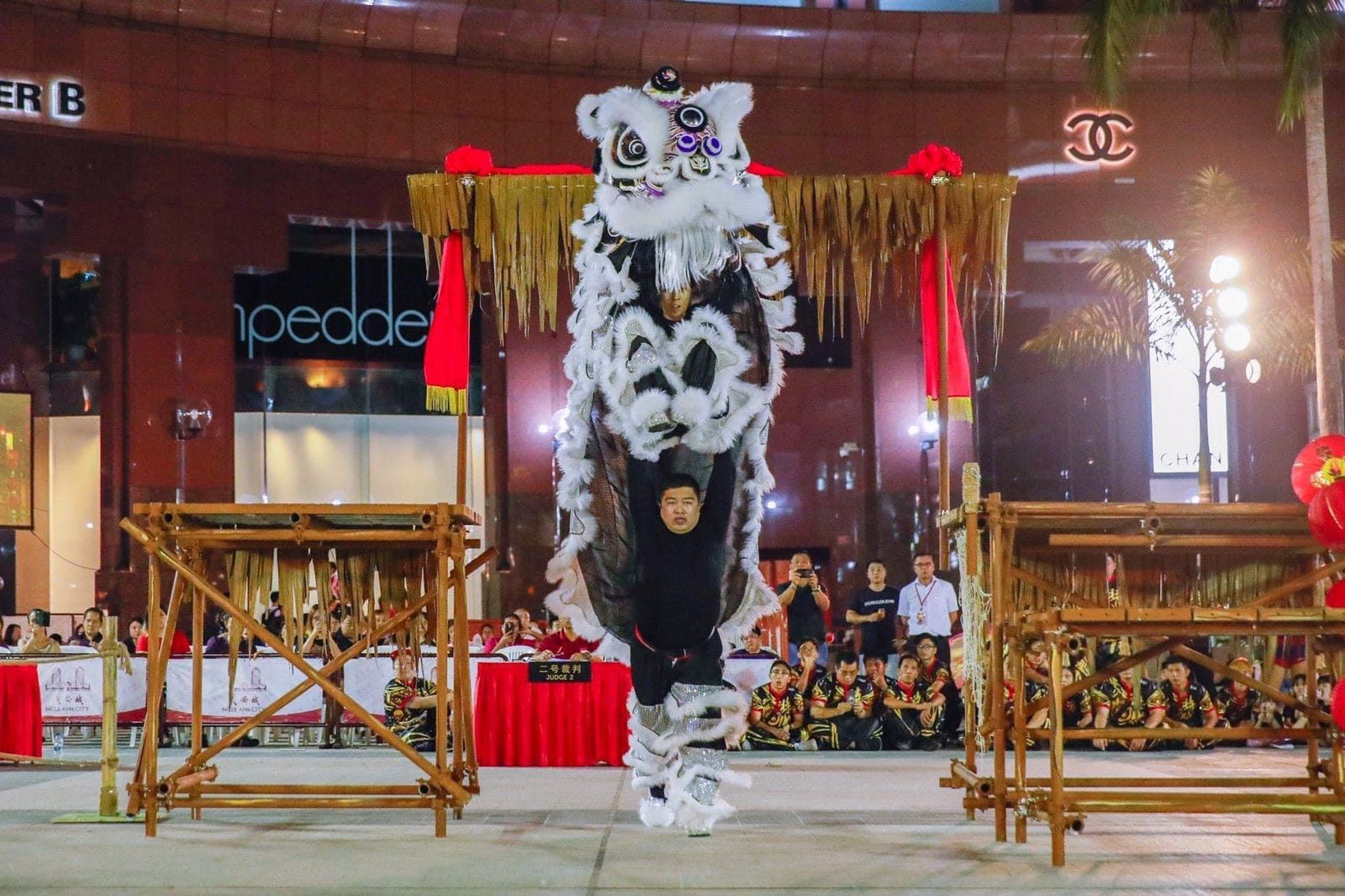Lion Dancers Singapore
Lion Dancers Singapore
Why is it Called Lion Dance? The Fascinating History and Cultural Significance
Welcome to South East Asia Entertainment Agency, your premier source for vibrant and culturally rich lion dance performances across Southeast Asia. Have you ever wondered, “Why is it called lion dance?” This comprehensive guide will delve into the history, cultural significance, and evolution of lion dance, explaining why this traditional performance is named after the majestic lion. Our goal is to provide fully optimized content that ranks highly on search engines and helps you gain a deeper understanding of this captivating art form.
The Origins of Lion Dance
Ancient Beginnings
The lion dance is a traditional Chinese performance art that dates back over a thousand years. Its origins are steeped in legend and folklore, with various stories explaining how the lion dance came to be.
The Legend of the Nian
One of the most popular legends is the story of the Nian, a mythical beast that terrorized villages in ancient China. According to legend, the Nian would emerge at the end of the lunar year to attack people and animals. To scare away the beast, villagers created a costume resembling a lion, a creature the Nian feared. Accompanied by loud noises from drums, gongs, and fireworks, the villagers successfully drove the Nian away, leading to the tradition of the lion dance during Chinese New Year.
Historical References
Historical records indicate that lion dance performances were prevalent during the Han Dynasty (206 BCE – 220 CE). The art form evolved over the centuries, with different regions developing their unique styles and variations.
Why is it Called Lion Dance?
The Symbolism of the Lion
Although lions are not native to China, they hold significant symbolic meaning in Chinese culture. The lion is considered a powerful and majestic creature, symbolizing strength, courage, and protection. It is believed to bring good luck and ward off evil spirits, making it an ideal figure for celebratory and auspicious events.
Cultural Exchange
The introduction of the lion to Chinese culture is believed to have occurred through cultural exchanges along the Silk Road. Traders and travelers brought stories and depictions of lions from India and Persia, which fascinated the Chinese people. The lion’s image was incorporated into Chinese mythology and rituals, eventually becoming a central figure in the lion dance.
The Evolution of Lion Dance
Early Developments
The early forms of lion dance were relatively simple, focusing on basic movements and rhythms. Over time, the dance evolved, incorporating more complex choreography, acrobatics, and symbolic elements.
Northern and Southern Styles
Lion dance can be broadly categorized into two main styles: Northern and Southern. Each style has its distinct characteristics and regional variations.
Northern Lion Dance: Originating from the northern regions of China, this style is characterized by more realistic lion costumes and movements. The northern lion dance often includes martial arts elements and is performed in pairs, representing male and female lions.
Southern Lion Dance: The southern style, particularly popular in Guangdong and Fujian provinces, features more stylized and exaggerated lion costumes. The southern lion dance focuses on mimicking the lion’s movements and expressions, with an emphasis on acrobatics and symbolic gestures.
Modern Adaptations
In contemporary times, lion dance has continued to evolve, incorporating modern elements while preserving its traditional roots. Performances now often include special effects, elaborate props, and innovative choreography, making them more dynamic and engaging.
The Components of a Lion Dance Performance
The Lion Costume
The lion costume is a crucial element of the lion dance. It typically consists of two parts: the head and the body.
Lion Head: The lion head is intricately designed and decorated, featuring movable parts such as the eyes, mouth, and ears. These movable parts are controlled by the head performer to convey various expressions and emotions.
Lion Body: The lion body is made of fabric and fur, covering the performers who control the lion’s movements. The tail performer synchronizes their movements with the head performer to create fluid and lifelike motions.
The Performers
A standard lion dance performance involves at least two performers: the head performer and the tail performer. In more elaborate performances, additional performers and support crew members may be involved.
Head Performer: The head performer controls the lion’s head, focusing on detailed movements and expressions.
Tail Performer: The tail performer supports the lion’s body and tail, working in harmony with the head performer.
Musicians: A team of musicians provides the rhythmic backdrop for the performance, using traditional Chinese instruments such as drums, cymbals, and gongs.
The Music
The music is an integral part of the lion dance, setting the pace and enhancing the dramatic effect. The rhythmic beats of the drum, cymbals, and gongs are carefully synchronized with the lion’s movements, creating a captivating auditory and visual experience.
The Cultural Significance of Lion Dance
Celebratory Occasions
Lion dance is performed during various celebratory occasions, including Chinese New Year, weddings, and grand openings. Each performance is meant to bring good luck, prosperity, and happiness to the event.
Chinese New Year: The lion dance is a staple of Chinese New Year celebrations, symbolizing the expulsion of evil spirits and the welcoming of good fortune.
Weddings: Lion dances are often performed at weddings to bless the couple with happiness and prosperity.
Grand Openings: Businesses and organizations host lion dance performances during grand openings to attract positive energy and success.
Symbolic Elements
The lion dance is rich in symbolic elements, each carrying a specific meaning.
Red Envelopes (Hong Bao): Red envelopes containing money are often placed in the lion’s mouth or handed to the performers. This act symbolizes prosperity and good luck.
Lettuce (Cai Qing): The lion dance may include a “plucking the greens” segment, where the lion “eats” lettuce and spits it out, symbolizing the spreading of wealth and good fortune.
Expressions and Movements: The lion’s expressions and movements convey various symbolic meanings, such as joy, curiosity, and bravery.
Why Choose South East Asia Entertainment Agency for Your Lion Dance Performance?
Experienced Performers
Our team consists of highly skilled and experienced lion dance performers who are trained in traditional Chinese martial arts and dance. They bring energy, precision, and authenticity to every performance.
High-Quality Productions
We are committed to delivering high-quality productions with attention to detail in costumes, props, and choreography. Our performances are designed to captivate and entertain audiences of all ages.
Customization Options
We offer a range of customization options to tailor the performance to your specific event needs. Whether it’s a corporate function, wedding, or festival, we can adapt our performance to enhance your event.
Seamless Coordination
From initial consultation to the day of the event, our team provides seamless coordination to ensure everything runs smoothly. We handle all logistics, allowing you to focus on enjoying the event.
How to Book a Lion Dance Performance with South East Asia Entertainment Agency
Booking a lion dance performance with South East Asia Entertainment Agency is a simple and straightforward process. Here’s how you can get started:
Step 1: Initial Consultation
Contact Us: Reach out to us via phone, email, or our website to discuss your event details.
Event Information: Provide information about the date, location, audience size, and any specific preferences or themes for the performance.
Step 2: Proposal and Customization
Receive Proposal: We will send you a detailed proposal outlining the performance options, costs, and customization possibilities.
Customize Performance: Work with our team to tailor the performance to your event’s needs.
Step 3: Booking Confirmation
Review Proposal: Review the proposal and provide feedback. We will make any necessary adjustments to meet your requirements.
Confirm Booking: Confirm your booking by signing the contract and making a deposit payment.
Step 4: Pre-Event Preparation
Rehearsals: Our performers will conduct rehearsals to ensure a flawless performance.
Coordination: We will coordinate with your event planners to integrate the performance seamlessly into your event schedule.
Step 5: Event Day Performance
Setup and Preparation: Our team will arrive early to set up and prepare for the performance.
Live Performance: Enjoy a spectacular lion dance performance that will captivate your audience.
Post-Event Follow-Up: We value your feedback and will follow up after the event to ensure your complete satisfaction.
Testimonials from Our Clients
James L., Corporate Event Organizer:
“South East Asia Entertainment Agency provided an outstanding lion dance performance for our company’s annual gala. The performers were professional, and the performance was a highlight of the evening. Highly recommended!”
Samantha K., Wedding Planner:
“The lion dance at our client’s wedding was absolutely stunning. South East Asia Entertainment Agency exceeded our expectations with their beautiful performance and seamless coordination.”
Frequently Asked Questions (FAQs)
Q: Why is it called lion dance?
A: The performance is named after the lion, which symbolizes strength, courage, and good fortune in Chinese culture. The dance mimics the lion’s movements and expressions to convey these qualities.
Q: How many people are typically involved in a lion dance performance?
A: A standard lion dance performance typically involves 5-6 performers, including 2 for the lion (head and tail) and 3-4 musicians. Larger performances may include 7-15+ performers.
Q: Can the performance be customized to fit the theme of my event?
A: Yes, we offer customization options to tailor the performance to match your event’s theme and specific requirements.
Q: What is included in the performance packages?
A: Our packages include professional performers, traditional costumes, musicians, and all necessary equipment for a spectacular performance.
Q: How far in advance should I book a lion dance performance?
A: We recommend booking at least 4-6 weeks in advance to ensure availability and allow ample time for customization and preparation.
Q: Do you provide services for events outside of Singapore?
A: Currently, our services are focused on events within Singapore, but we may consider international bookings on a case-by-case basis. Please contact us to discuss further.
Contact Us
Ready to book a lion dance performance for your event? Contact South East Asia Entertainment Agency today for a consultation and let us help you create a memorable and exciting experience for your guests.



